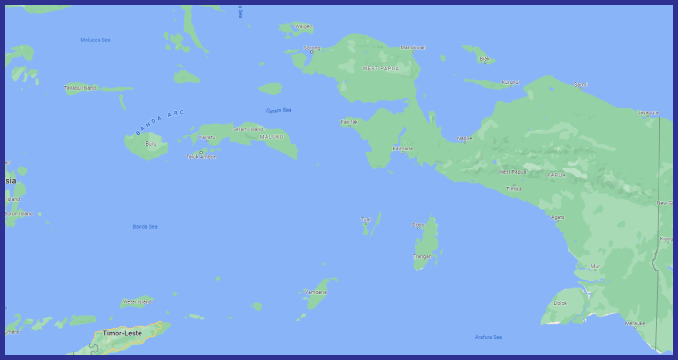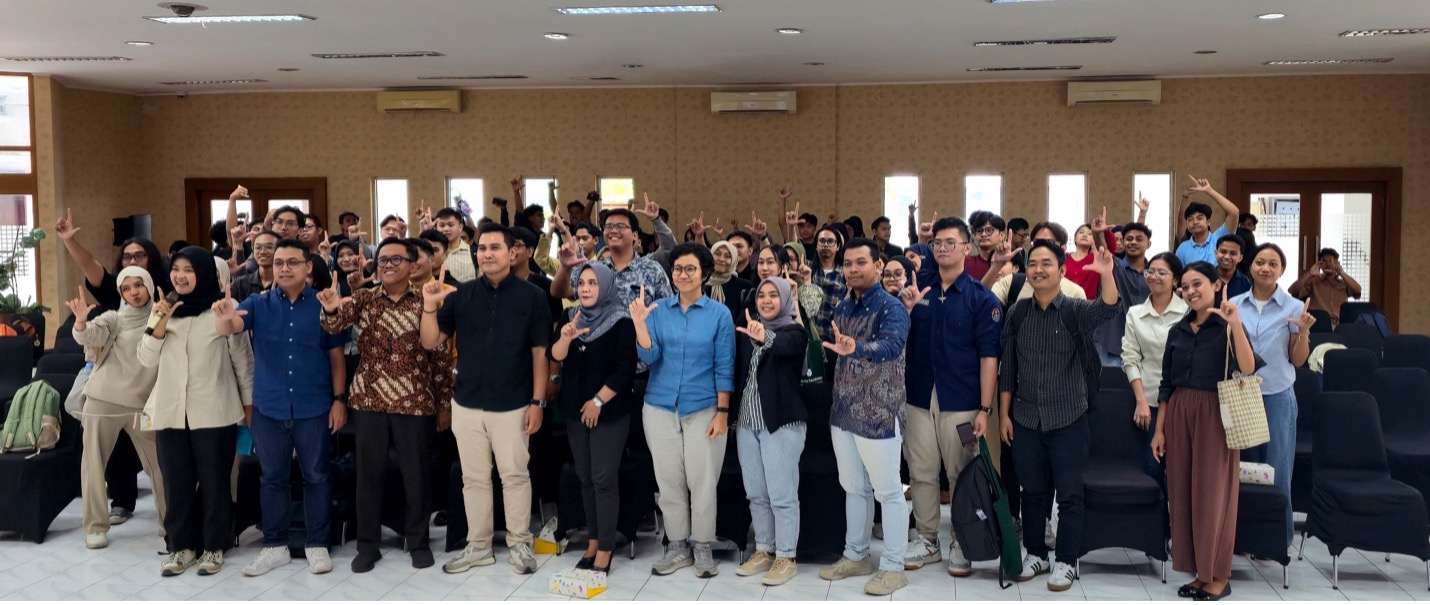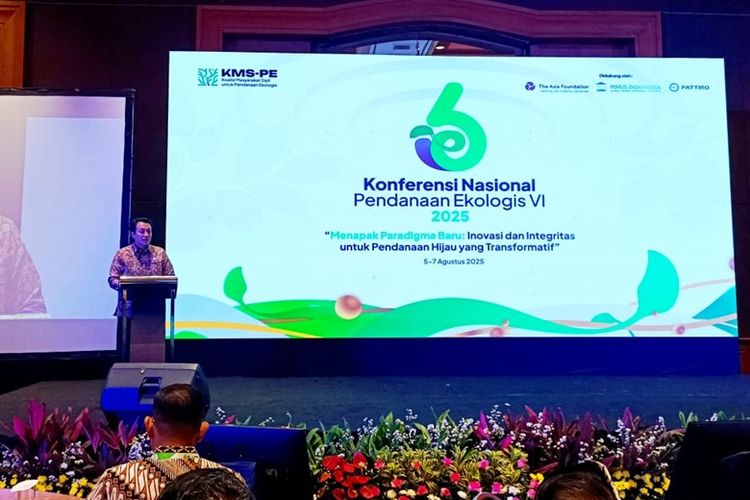PATTIRO: Development of DOB Papua Needs to be Accelerated with District Development Approach

Thursday (30/6), the plenary meeting of the House of Representatives passed three bills on the establishment of new autonomous regions (DOB) of Papua into law. The three Bills are the Bill on the Establishment of South Papua Province, the Bill on the Establishment of Central Papua Province, and the Bill on the Establishment of Papua Mountain Province. Through the formation of DOB, it is hoped that it can accelerate equitable development in Papua in order to improve the welfare of the community, especially Indigenous Papuans (OAP).
Regional expansion policy in Papua is regulated in Article 76 of Law Number 2 of 2021 concerning the Second Amendment to Law Number 21 of 2001 concerning Special Autonomy for Papua Province. In article 76 paragraph (2), it is stated that the Government and the DPR can expand provincial and district / city regions into new autonomous regions to accelerate equitable development, improve public services, and improve the welfare of the community, especially OAP. Moreover, in this law, regional expansion is carried out without going through the preparation area and must guarantee space for OAP in political, governmental, economic, and socio-cultural activities.
PATTIRO welcomes DOB expansion in Papua if the policy is in accordance with the aspirations of the Papuan people. It also sees the need to apply a district-based development approach in DOB development and to consider ecological aspects in the grand design of regional planning. This was conveyed during the Public Hearing Meeting (RDPU) on June 7, 2021 with the Special Committee for the Papua Special Autonomy Bill of the DPR.
The suggestions above are based on several development challenges that are currently still faced in the Land of Papua as follows:
First, the management of the Papua Special Autonomy Fund and the Additional Infrastructure Fund (DTI) has not been optimized. The Special Autonomy Fund is an important source of revenue for the provincial government in Tanah Papua, contributing to the APBD on average around 41% each year. However, the use of the Special Autonomy Fund for education and health is still below the stipulated 30% and 15%. In practice, allocations to these two sectors average around 25.1% and 13.4%. Likewise, the DTI, with its relatively large amount, has not yet reached remote areas in Papua.
Second, there is still inequality between OAP and non-OAP. Based on the Human Development Index (HDI) and poverty levels, conditions in districts/cities in Tanah Papua that are dominated by native Papuans tend to show low HDI values and high poverty. The large OAP population lives in mountainous areas, which are socio-economically characterized as rural. The coastal or lowland areas with urban characteristics are more inhabited by migrants.
Third, the protection of the environment and forestry is still weak. The area of primary forest in Papua is 24.4 million ha or more than 50% of the total primary forest in Indonesia. Deforestation is still a problem where in 2016-2017 it reached 48.5 thousand ha and increased in 2017-2018 to 77.4 thousand ha (KLHK, 2019). In addition, the expansion of the DOB Regency of some of its areas is almost 100% in protected areas (Sumule, 2019). On the other hand, government recognition of indigenous peoples in Tanah Papua in the form of recognition of Indigenous Forests is also still minimal.
Concretely, in order to overcome the above problems and in an effort to realize the objectives of regional expansion after the passing of the Papua DOB Bill, PATTIRO proposes that the direction of DOB development policy in Tanah Papua in the future needs to be accelerated with a district-based development approach. This approach uses the concept of District Building District Development (DMMD).
DMMD concept focuses on a joint movement to increase the role of the District in Development and encourage the role of regional apparatus organizations in developing the District. DMMD is also part of the Papuan regional development strategy set out in the 2020-2024 RPJMN to realize the integration of growth and equity, and the structuring of Otsus through ecological-based local advantages and customary territories. Strengthening the role of the District is done by making the District the Center for basic services; Center for data, information, and knowledge; Center for empowering indigenous peoples; Center for regional economic growth; and Center for managing natural resources (SDA) environment.
The District development approach is expected to ensure that development in Districts and Villages, especially in DOB Tanah Papua, can be carried out properly and optimally. The regional apparatus is expected to be able to reach people in Districts and Villages that are located far apart. On the other hand, the Village government is also given flexibility in organizing government and development.
Contact Person: Ramlan Nugraha (081322564856/ramlan@pattiro.org)





